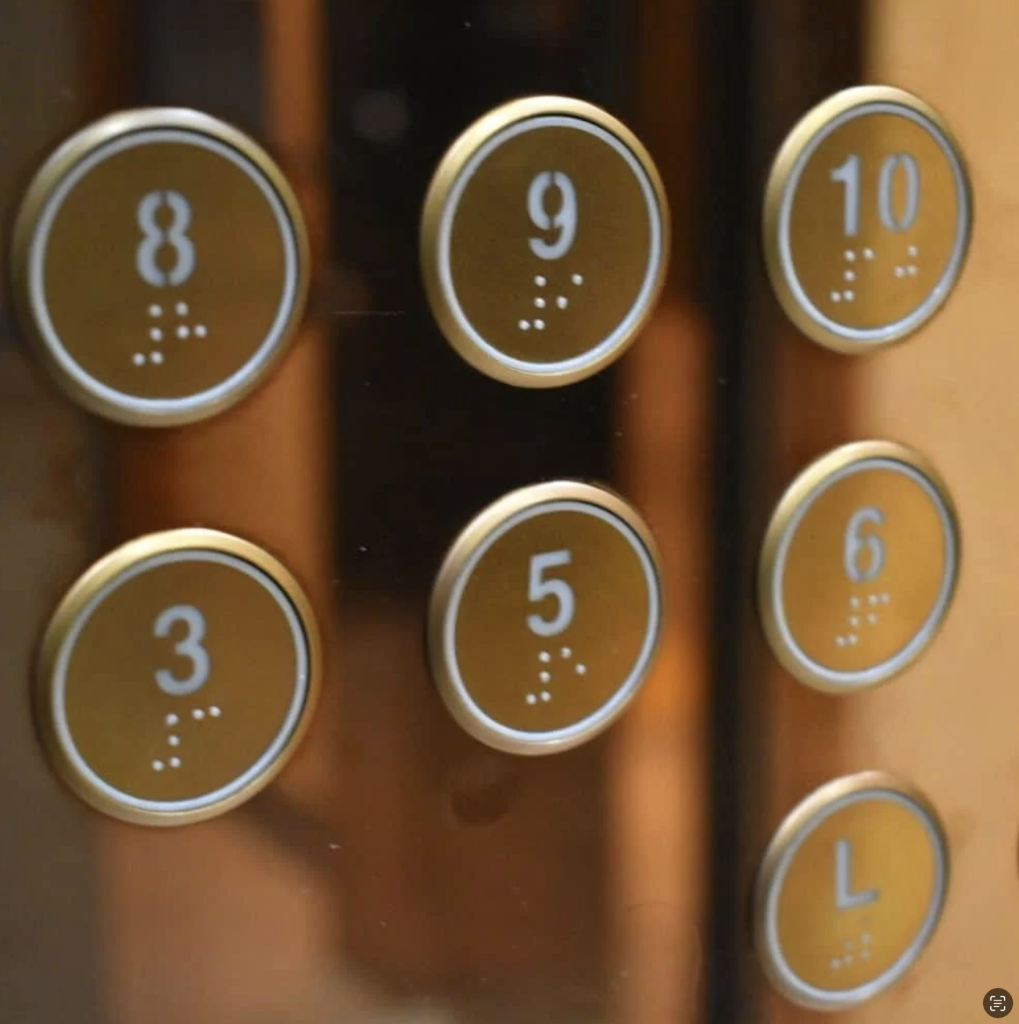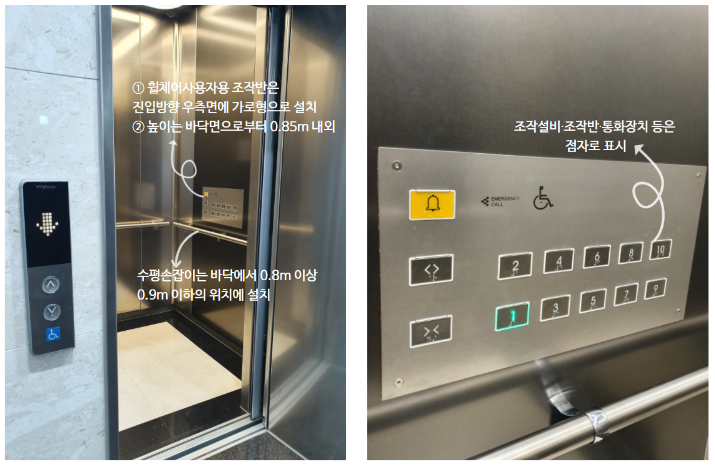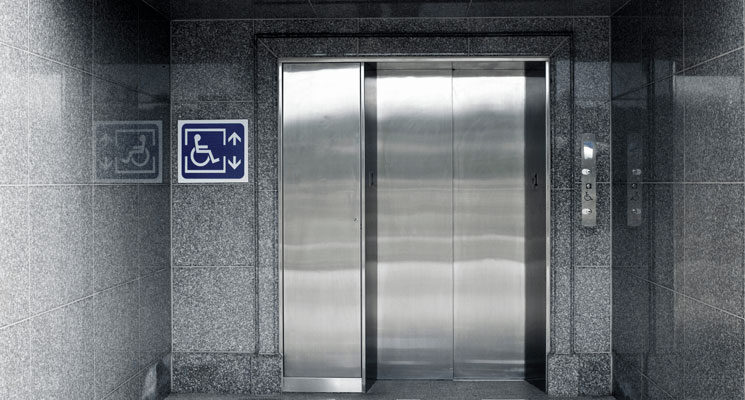Introduction
Growing up, I would always be intrigued by how accessible elevators were in Korea. Every time I would get on, I would be notified of the floor I’m on, the floor I press, the floor I land on, the doors opening and closing. To add on, every single button had braille that I would always brush my childish fingertips against. The small but very powerful features seemed so irrelevant at my young age, but as I grew older, I was able to see the impact those features had on people’s everyday lives.
Deep Dive into the Key Features
Voice announcements
Elevators feature a voice that alerts the users when the doors open and close, stop at a floor, and most importantly, when a floor number button is pressed. Elevator announcements are made sure to be loud and clear at all times. This feature allows users with low vision to hear the elevator voice alert them when they press a button, when the elevator arrives at a floor, and when the doors open and close. This feature backs the social model by emphasizing the rights of disabled people to use elevators at their convenience. This voice feature also acts as a guide for children and adults for safety purposes. Because the voice announcement feature was placed to benefit all users, it supports the human rights model by providing assistance to everyone without favoring any specific user group. The voice announcements in Korean elevators is a very helpful assistant that aims to protect all guests going in and out of the elevator at all times.

Braille
The braille guide on every button in elevators is essential. Every button including the open, close, emergency stop, and call buttons all have braille guides located right below the number/sign. This braille guide acts as an assistant for users who are blind. The braille guide and voice announcer in elevators make elevator usage more convenient for blind users. The braille guide is a key part of the social model as it is placed in an elevator where everyone can access it while allowing blind users to use the elevator as well.

Emergency Button
As we all know, every elevator has an emergency call button. For elevators specifically designed for people with disabilities, each aspect of the elevator is strategically designed to comfortably fit wheelchairs through the doors, reachable bar handles, and emergency call added safety. Elevators designed with people with disabilities in mind, supports social model as it promotes inclusivity while removing barriers. The lower bar handles are also key for children’s safety as well as the lowered buttons.
Conclusion
Elevators is a great example of a social model as it holds key features that remove barriers, promote inclusivity, and challenge societal attitudes. The voice announcements that indicate floor numbers and when doors open and close, braille guide for visually impaired individuals, wider doors and low bar handles are all key features that are designed for people with disabilities. All key features address specific needs for people with disabilities and allow for inclusive usage.
Reference
https://inmykorea.com/korean-etiquette-culture-manners-insights
https://top-bd.com/bbs/board.php?bo_table=investment&wr_id=75
https://inmykorea.com/korean-etiquette-culture-manners-insights
https://actionelevator.com/blog/how-to-create-a-more-accessible-elevator/
